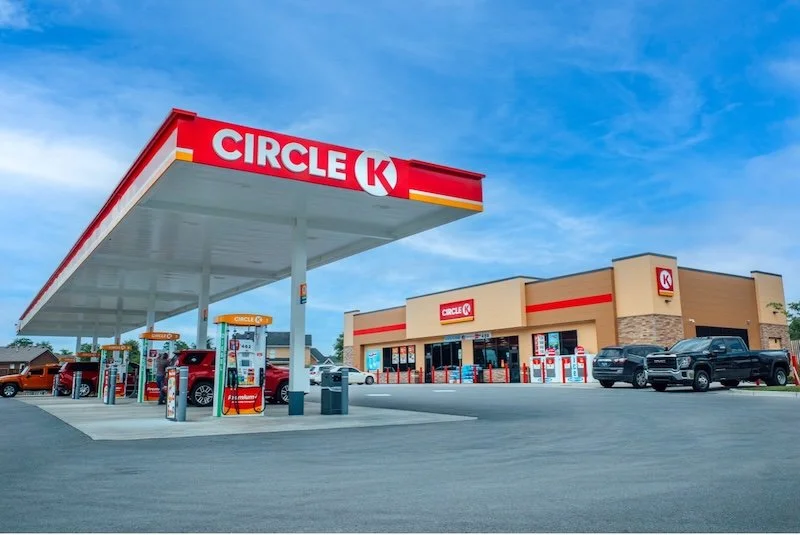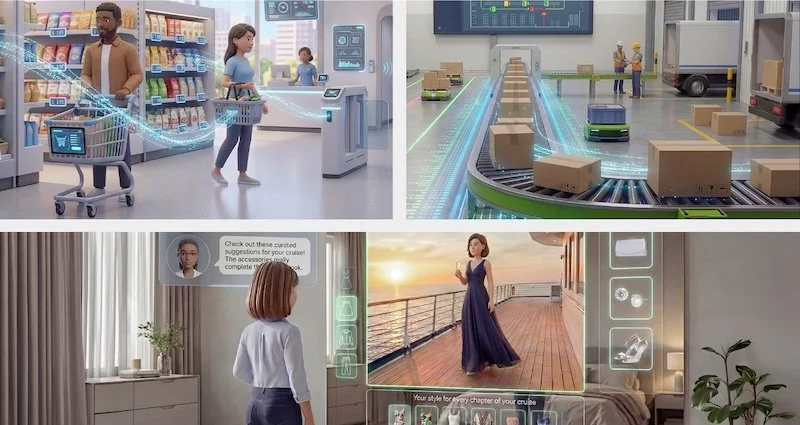Augmented reality in retail: bringing products to life and enhancing the customer experience
Retail is undergoing a dramatic revolution - where augmented reality technology is beginning to disrupt the industry and revolutionise the way we shop.
AR technology permits customers to virtually try on clothes in their own homes, observe an example of how furniture might fit into their house before buying it, or visualise what a customised product would actually look like.
Augmented reality offers tremendous benefits for retailers by helping them engage customers more effectively, create unique experiences and gain valuable customer insights.
In this article, we will explore the way augmented reality can be implemented in retail operations to increase engagement and profitability.
What is augmented reality, and how is it being used in retail today?
AR is a technology that has the power to transform people's everyday lives by blending the physical and digital worlds.
In retail, it is being used to create immersive shopping experiences for customers that make online and in-store shopping easier and more engaging.
With AR, shoppers can easily access 3D models of products, take virtual store tours, experience unique product visuals to help in decision-making, and more. AR makes it easier to visualize products before purchase.
It can also improve customer service by providing sales associates with interactive product graphics or increased accuracy when locating items. Undoubtedly, AR will have a major impact on the future of retail.
How can AR be used to create immersive shopping experiences and enhance product visualisation for customers?
AR is revolutionising the retail industry, offering customers an interactive and immersive shopping experience. By leveraging AR technology, retailers can give customers a chance to explore, customise and visualize products in a convenient way that wasn't possible before.
For example, there are payday loans from lenders that are legal in Texas can use AR to enable customers to digitally explore loan terms and options while they're waiting in the store. This gives customers an opportunity to weigh their options before signing a contract.
By leveraging AR technologies, companies can better differentiate their products from competitors and offer customers a unique experience. Ultimately, AR technology will help create more immersive shopping experiences for customers that provide valuable information and make it easier to find the perfect product.
Benefits of using AR in retail for businesses and customers
AR in retail is quickly becoming invaluable for creating immersive shopping experiences and enhancing the customer's product visualisation. AR offers a number of benefits for both businesses and customers.
Businesses can use AR to bring products off the shelf - without taking up floor space - by allowing customers to virtually browse virtual catalogues and explore products using their devices.
On the other hand, customers can experience products as if they were actually in the store, with more vivid design details, changing colors, dynamic 3D models, and interactive features.
Augmented Reality technology also allows retailers to practice real-time customer engagement by automatically sending personalised messages such as product reviews and exclusive discounts while making purchases.
All in all, AR is becoming an essential tool for retailers worldwide to save money while providing customers with an unparalleled way of shopping they won't find anywhere else.
Potential drawbacks to using AR in retail environments
As businesses are beginning to explore the use of AR for creating immersive retail experiences and product visualisation, it is important to consider potential drawbacks.
AR technology in the retail setting may be vulnerable to security threats, as malicious software could be used by hackers to access data from customer accounts or steal personal information.
Additionally, heavy usage of AR technology could overload networks and create latency issues for customer interactions. It is up to the business to weigh these risks against opportunities that AR brings and ensure that security measures are put into place before investing in and integrating this technology.
By doing so, companies will benefit from using a cutting-edge method for shopping that customers will love.
The future of shopping and retail customer experience
Augmented reality can revolutionise future shopping experiences by allowing customers to view products as if they were right in front of them. The technology allows shoppers to explore items at a level of detail simply not achievable in any traditional store.
With AR, customers no longer have to rely on product images or descriptions; instead, they can gain an immersive understanding of the item’s size and look from anywhere in the world via a device or even smart glasses.
Customers can also experiment with furniture arrangements or test out makeup colors before making decisions. AR could create more impulse purchases as customers are better able to understand how something will look and feel before buying.
According to the Statista, by 2025, the share of consumers worldwide who have used AR when buying products online can be expected to rise significantly.
While 41% of Gen Z consumers in the United States alone are likely to have used AR for online purchases by this time, the total share for all consumers across the country is estimated to reach 28%.
Ultimately, augmented reality has the potential to improve customer experience through enhanced product visualisation and increased convenience that will transform shopping around the world.
Conclusion
Augmented reality has the potential to revolutionise retail customer experiences by enhancing product visualisation and creating immersive shopping environments. Using AR in retail has many benefits for businesses and customers alike.
However, there are also some potential drawbacks that businesses should be aware of before implementing AR into their own retail environments. Overall, augmented reality will likely positively impact the future of shopping and retail customer experience.
















Continue reading…